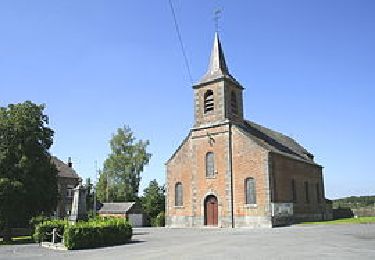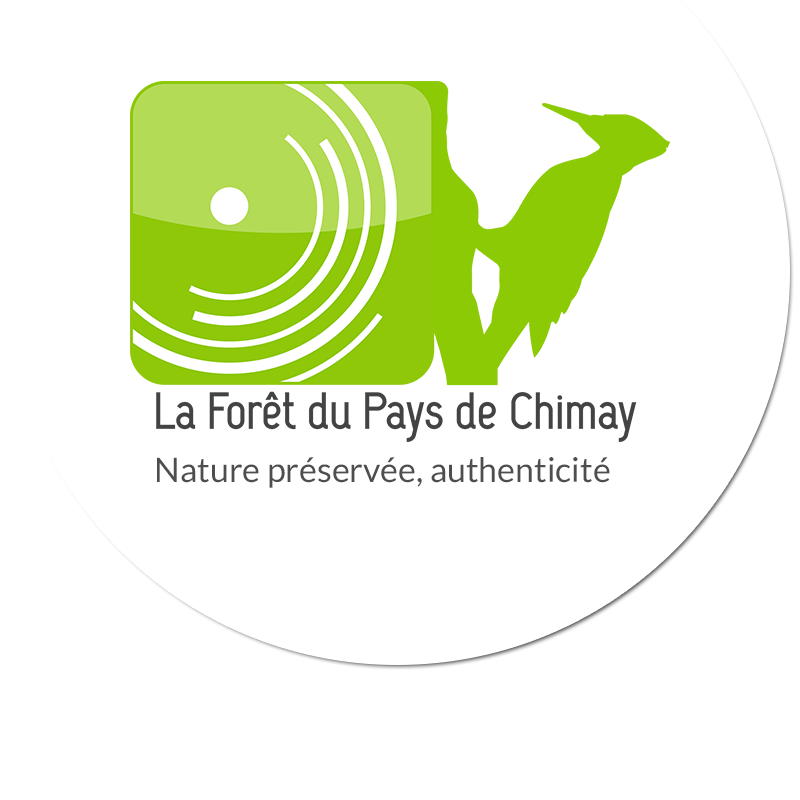

Before the 17th century, the name "Masure" did not exist. People spoke only of La Lobiette, a name which currently refers to the hamlet in France, in the village of Anor. The name "Masure" (small house made of wood and cob) was called "Masure Frédéric" in the 17th century after the local resident Mr Frédéric Hereng. In 843, the Verdun treaty made Oise and Wartoise the border between what would be
France and Belgium, and it has remained unchanged ever since.
The iron industry was very important from the 14th c. onwards in the Oise and Wartoise basin, with steel-making sites in operation until 1830: The Gérard Forge, the Macquenoise furnace, La Lobiette and Gratte-Pierre. Many prehistoric remains were discovered in the municipality including a glassworks at the spot known as Le Fourmatot. Glass shards from the 11th c. were found along the Four Matot stream. The glass kiln was in
operation from the early 12th c. and closed circa 1780. Between the village of Macquenoise and the river, the archaeological circle of Thiérache unearthed
the foundations of a Gallo-Roman spa building as well as a Roman cemetery with cremation tombs and many fragments of objects from the 2nd c.

Walking


Randonnées au coeur d'une nature préservée GUIDE+